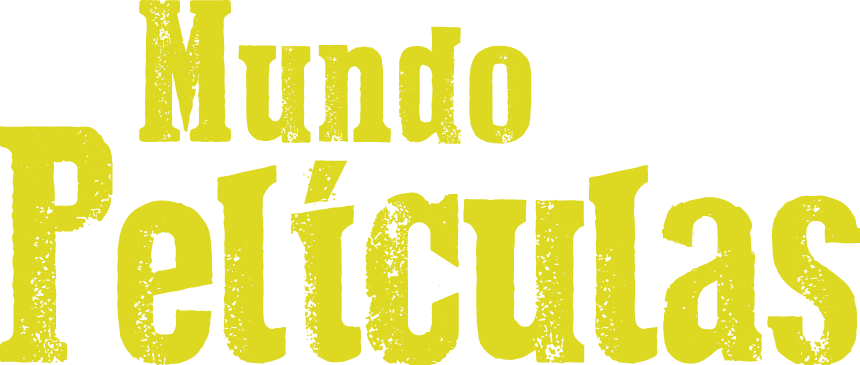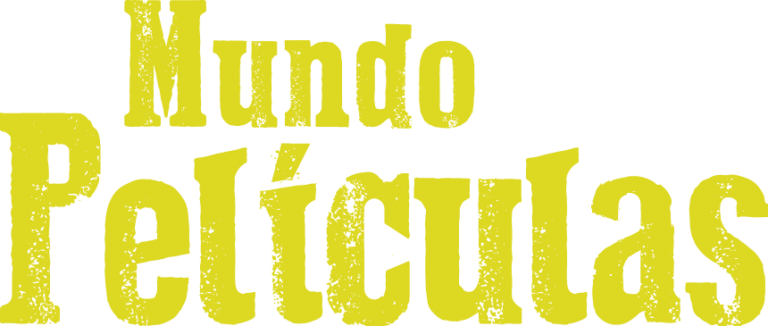Levitas’ feature film directorial debut Lullaby, from his own screenplay, stars Amy Adams, Richard Jenkins, Terrence Howard, Jennifer Hudson, and Garrett Hedlund. The film, an exploration of patients’ rights, was described by Pete Hammond (Deadline) as a “strong human drama” with “Jenkins a true actor’s actor, delivering a very Oscar-worthy supporting turn.”
Levitas’ latest directing project Minamata stars Johnny Depp, Bill Nighy, and Hiroyuki Sanada. The film follows photojournalist W. Eugene Smith (Depp) who takes on a secret commission by Life magazine and travels to the Japanese coastal town of Minamata to expose corporate negligence and government cover-ups by documenting one of the world’s most horrifying environmental disasters.
Check the interview here:
Why a film about W. Eugene Smith and the Minamata disaster now?
Making this kind of film doesn’t become worth the effort, time and sacrifice if we weren’t getting a message out about the events of the Minamata disaster. We set ourselves parameters for how we would tell our story. There was a lot of creative energy spent on this project, but it was a creative exercise. It was primarily about getting the message across in a way that was dynamic and authentic so that we could reach as many people as possible, whatever their age. We wanted to tell a story that people would want to share with one another.
Do you remember when you first encountered W. Eugene Smith’s work?
For me he was just always there, just a part of my life. I should say though, my interest in doing this film was not directly in Eugene Smith. I also don’t think this is a film about Eugene Smith. I think that because Johnny Depp is playing Eugene Smith, it is bound to be something people want to talk about. But it was never meant to be a biopic of Smith. We service those things in the process of telling the story, and we tell his story authentically. For me though, Eugene was a tool to tell the story of Minamata. Smith’s lens and eye was an amazing way in to tell this story.
What was your approach to telling this story and choosing whose perspective it was told from?
When we were in the writing process, we thought a lot about perspective. The film opens squarely focused on Smith. Within 20 minutes of the film beginning we edge away from this over-the-shoulder perspective. As the film progresses the story is told by the people of Minamata. In the last thirty minutes of the film, Johnny has around thirty words of dialogue. I think that was a bold move from Johnny, to agree to a film where in the last third he is shifted to the background. But it was important to us that the story, and the message, came from the right perspective.
We want people to lean into the story we are telling. I think that there are two types of film. The first type is when you sit back in your seat. The second is when you lean forward. We wanted our film to be one where the audience sits up in their seat and lean forward wanting to learn more about this film. When we were test screening the film and working on the edit, I noticed that in the last half of the film, audiences were leaning in. And that was when I thought we might have achieved what we were aiming to do.
What was it about Johnny Depp that made you think he would be perfect to play W. Eugene Smith?
Johnny actually cast me, rather than me cast him. Johnny doesn’t really produce films, but he gets involved in good, artistically credible projects that he’s passionate about. A lot of this is behind the scenes, and I don’t think people are always aware of what creative projects he’s involved with around the world. He felt that this was the right time to tell this story. He reached out to me and we got together and discussed my background. Initially, we talked less about characters and plot points, and instead focused on the ideas we wanted to convey and how we wanted to make people feel. We kept Eugene in our minds and thought about how different his work is to the work we see today. So many images, whether it’s in the art world or in the media, are designed to shock. When you shock someone, you make them turn away from the thing they were looking at, which is exactly what we didn’t do. Often in Eugene’s images there is the best and worst of humanity in the same image. We are naturally drawn to the good, and we seek it out and find it in his photos, and that’s what we wanted to do with our film.
In the film you recreate many of Eugene Smith’s iconic photos of this period in a series of tableaux. What was your creative approach to bringing these images to life?
One of the great gifts on this project was that I worked with so many great artists to tell this story. They were all very considered and dedicated about how to tackle this aspect of the film. There were thousands and thousands of choices to how we would replicate these images, but everything from the tiniest details to larger decisions were all given equal attention. I think that in today’s world, Eugene Smith would be making movies rather than be a photographer, and I had that in my mind whilst making the film. One of the ideas we hit upon was that we wanted to follow Eugene’s approach to his work. His images are difficult to look at, but they are also full of hope. You don’t turn away from his work, it pulls you in.
What was it about Benoît Delhomme that made you choose him to be your cinematographer?
He was my real partner on this film. We shot this film in a way where we didn’t always know what would exactly happen in a scene, so he would light rooms and environments using these small lights the size of a textbook. He got inside these scenes with the actors, and we were shooting 30minute takes, and did some beautiful work. Whilst his technical skill is exceptional, it’s his emotional connectivity to the camera that made it. He doesn’t cover scenes, he’s ahead of where he needs to be at any given point. It’s a mixture of instinct and heart.
You used stand-in locations for Japan. Tell me about your choice of locations.
Being on a tight budget we had to be smart. We did film in Japan, but not with any of our actors. As well as footage, all the sound was recorded in Minamata, all the water, birds, rain, thunder. These were the sort of details that I feel made the film.
This is an indie film, with an indie budget, but it doesn’t seem to have hampered how you wanted to tell this story, how did you achieve that?
The issue is that when you have a lot money you have more time and a lot of toys. You can make a film accessible by aping the things they do in bigger budget movies. We were limited by money, but we had incredibly talented artists collaborating to pull it off, which I think we did.





